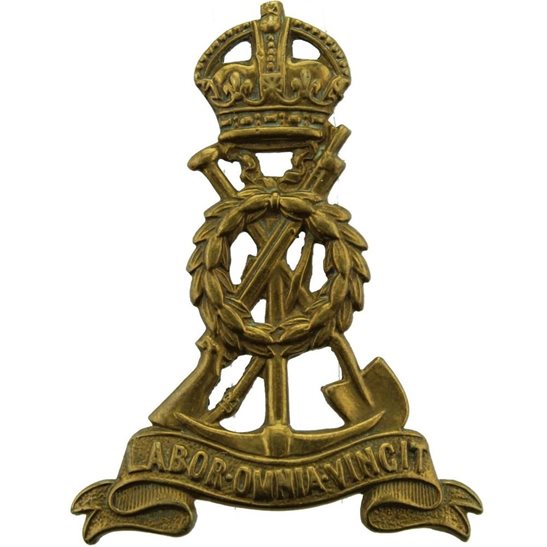Personal Details
Born: 10 June 1887 in Audlem, Cheshire and baptised on 10 July the same year in Burleydam Parish Church, Cheshire. He was also known with the surname Bromfield.
Family: He was one of nine surviving children born to John Broomfield, a farm labourer, and his wife Mary. He married Edith Davies on 7 April 1906 at Prescot Registry Office, Prescot, Lancashire. The couple had 5 children, Edward, Eliza Ann, John, Lilian Maud and George. Lilian and George were born in Whitchurch, Shropshire.
Residence: At the time of his baptism the family were living in Wilkesley, Cheshire. In 1891 they had moved to Hordley, Shropshire. In 1911 Richard was living at Combermere Stables, near Whitchurch, Shropshire; when he was discharged from the army his address was The Brook, Wem Lane, Wem, Shropshire. He married in 1921 in Farnham, Surrey and died in Basingstoke, Hampshire.
Employment: In 1911 he was a groom; when he enlisted in 1914 he was a gardener.
Died: In 1968 in Basingstoke, aged 80.
Military Details
Regiment: Labour Corps (previously Buckinghamshire Yeomanry)
Rank: Private
Service Number: 548800 (previously 15834)
Date of Enlistment: 27 August 1914
Date of Discharge: 12 August 1919
Reason for Discharge: Demobilisation
Richard was awarded the Campaign Medals (British War Medal and Victory Medal)

The British War Medal (also known as 'Squeak') was a silver or bronze medal awarded to officers and men of the British and Imperial Forces who either entered a theatre of war or entered service overseas between 5th August 1914 and 11th November 1918 inclusive. This was later extended to services in Russia, Siberia and some other areas in 1919 and 1920. Approximately 6.5 million British War Medals were issued. Approximately 6.4 million of these were the silver versions of this medal. Around 110,000 of a bronze version were issued mainly to Chinese, Maltese and Indian Labour Corps. The front (obv or obverse) of the medal depicts the head of George V. The recipient's service number, rank, name and unit was impressed on the rim.
The Allied Victory Medal (also known as 'Wilfred') was issued by each of the allies. It was decided that each of the allies should each issue their own bronze victory medal with a similar design, similar equivalent wording and identical ribbon. The British medal was designed by W. McMillan. The front depicts a winged classical figure representing victory. Approximately 5.7 million victory medals were issued. Interestingly, eligibility for this medal was more restrictive and not everyone who received the British War Medal ('Squeak') also received the Victory Medal ('Wilfred'). However, in general, all recipients of 'Wilfred' also received 'Squeak' and all recipients of The 1914 Star or The 1914/1915 Star (also known as 'Pip') also received both 'Squeak' and 'Wilfred'. The recipient's service number, rank, name and unit was impressed on the rim.

